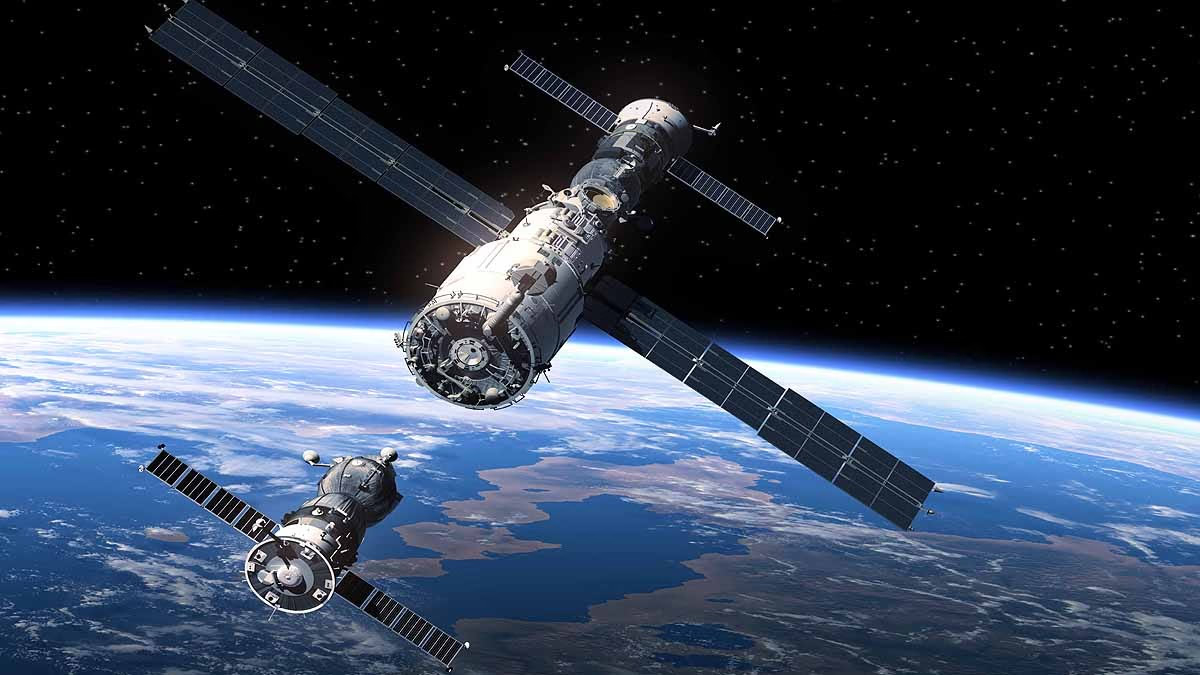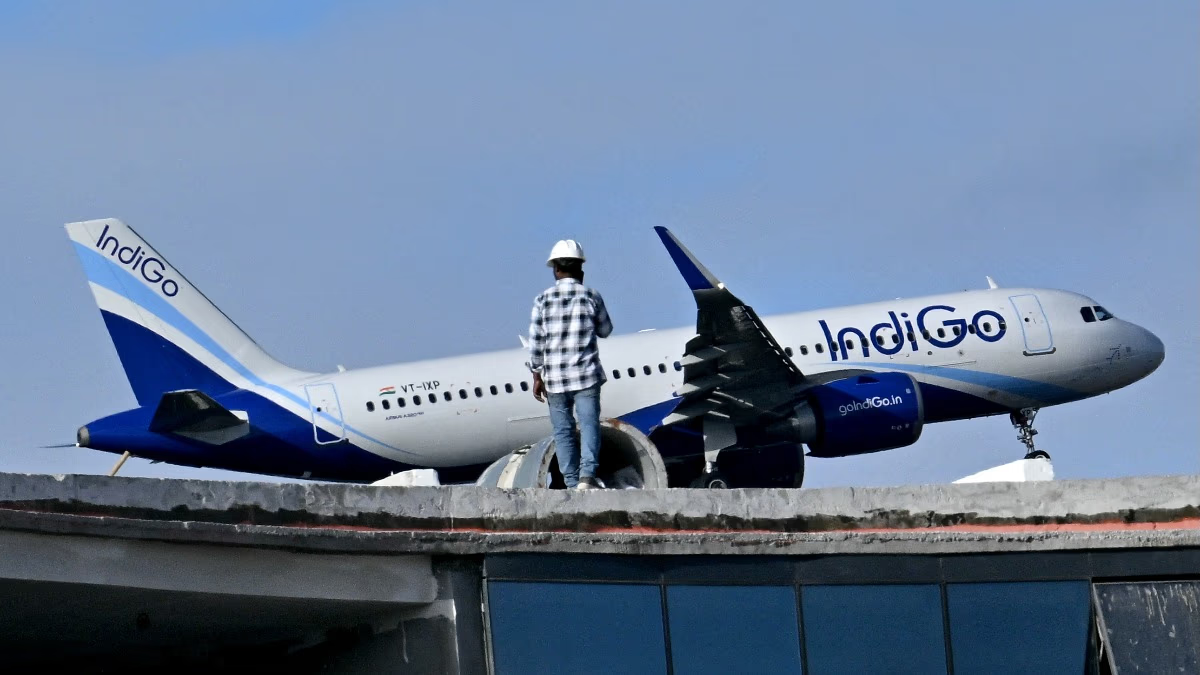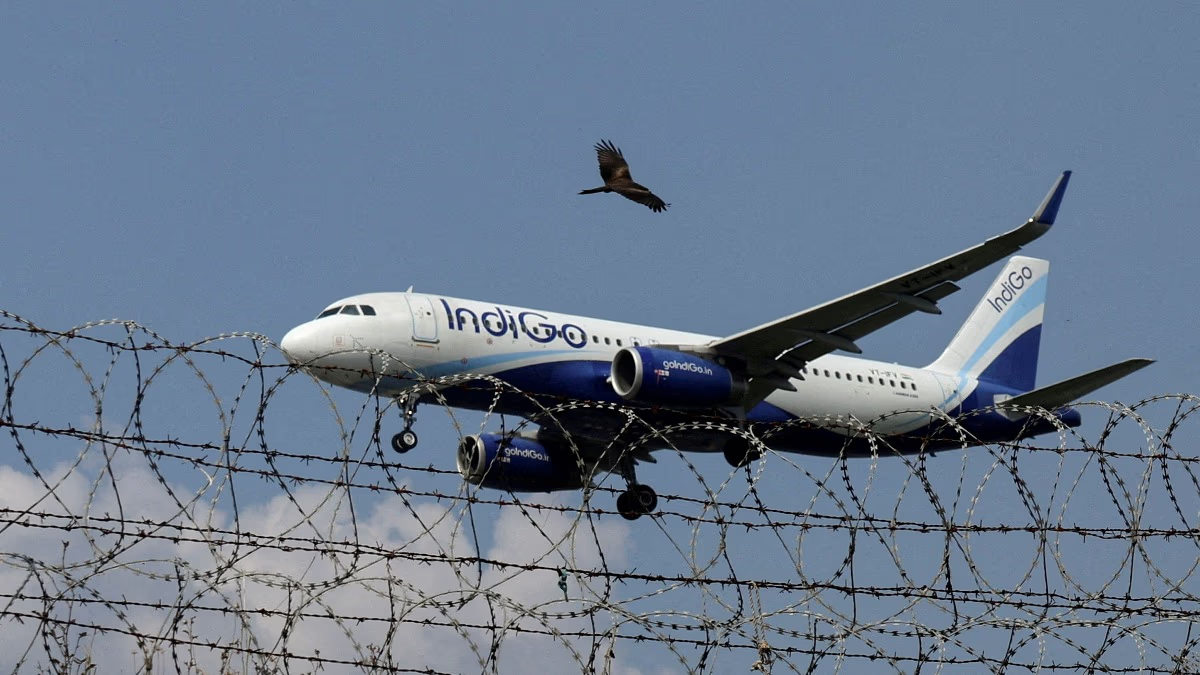ISRO Chief Dr. S. Somanath has revealed the possibility of conducting the SPADEX (Space Docking Experiment) mission in December. Space docking is a crucial technology for Chandrayaan-4 as it involves bringing different spacecraft components together.
Currently, SPADEX satellite integration is underway. They are expected to be ready within a month, followed by rigorous testing and simulations. ISRO aims to launch them by December 15, 2024, or sooner. This mission lays the foundation for space docking processes.
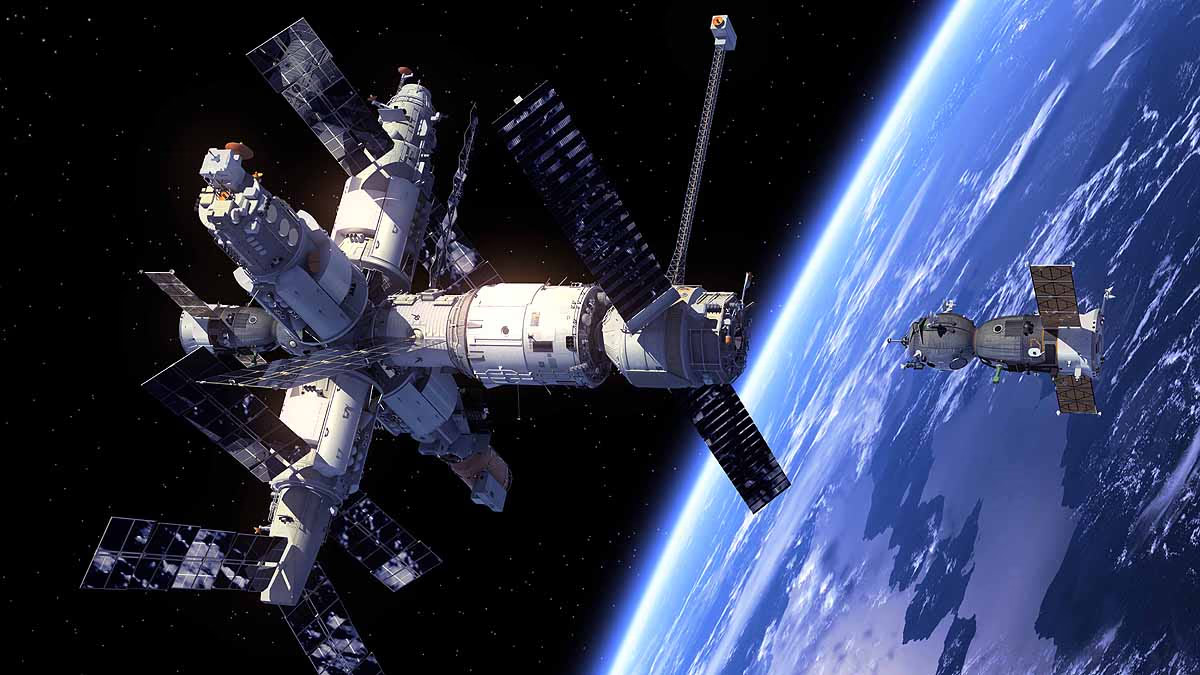
Source: aajtak
Why is the SPADEX Mission Important?
This technique of joining two distinct objects in space will enable India to construct its own space station and assist in the Chandrayaan-4 project. SPADEX involves two segments of a single satellite housed in one rocket; they will be released at separate positions in space.
Conducting Experiments in Low Earth Orbit
Subsequently, these two segments will be connected in low Earth orbit, merging into a single unit. Various operations will occur, such as the parts autonomously locating each other in space and aligning in one orbit, ultimately linking together.
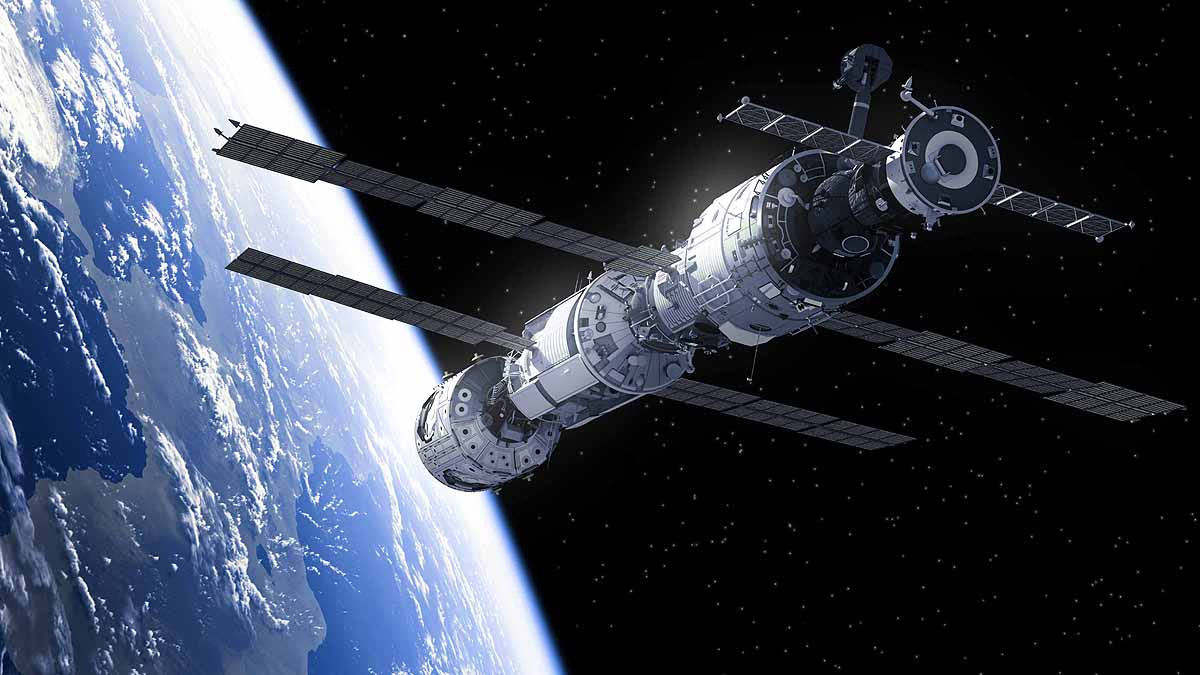
Source: aajtak
What are ISRO's Future Missions?
ISRO plans to conduct two tests post-SPADEX: the Gaganyaan Test Vehicle Demonstration-2 (TVD2) and the first uncrewed mission (G1). This includes Integrated Air Drop and Pad Abort tests. The G1 mission will feature the humanoid robot Vyommitra to assess space's impact on a human body.
G1 will accommodate Vyommitra on one seat and the Environmental Control and Life Support System (ECLSS) on another. Data analysis will determine the space's effects on humans and evaluate electronics, hardware, and software differences.
